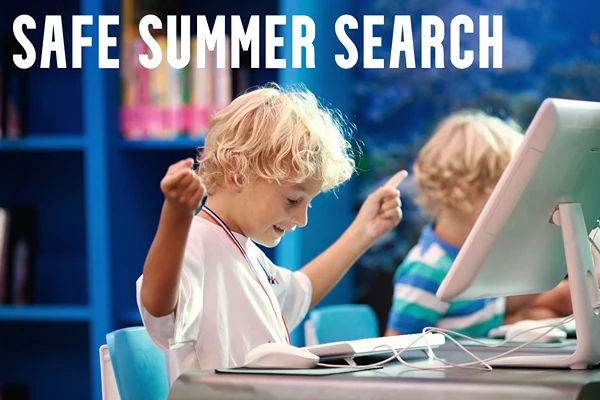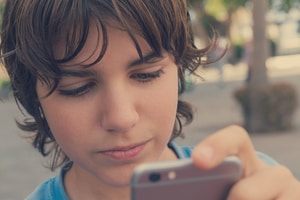4 Engaging Ways To Teach Children Strategic Thinking
Strategic thinking is an essential skill that helps children analyze situations and make informed decisions. Developing this ability from a young age sets them up for success in academics, social interactions, and even future careers. Use these engaging ways to teach children strategic thinking to help them as they grow.
1. Game-Based Learning
Strategic board games like chess, checkers, and Settlers of Catan are fantastic tools for teaching children how to think ahead and anticipate their opponent’s next move. These games require players to weigh their options carefully and plan multiple steps, making them excellent for developing logical and critical-thinking abilities.
Indoor playgrounds often include opportunities for children to learn new means of strategy as well. Tic-tac-toe panels added to indoor playgrounds benefit children by giving them opportunities to develop strategic thinking to win the game repeatedly. Balancing physical play with mental games on the playground rounds out a child’s growth.
Set aside dedicated time for family game nights or integrate board or digital games into school activities to make learning fun and competitive in a positive way.
2. Problem-Solving Scenarios
Kids love challenges, and real-life problem-solving scenarios help them hone strategic thinking skills. For instance, give them tasks like planning a small household event, deciding how to use a weekly allowance, or organizing a classroom activity.
Ask guiding questions like “What could go wrong?” or “What’s the best way to solve this?” This approach encourages kids to break down problems, analyze solutions, and strategize effectively to achieve the desired outcome.
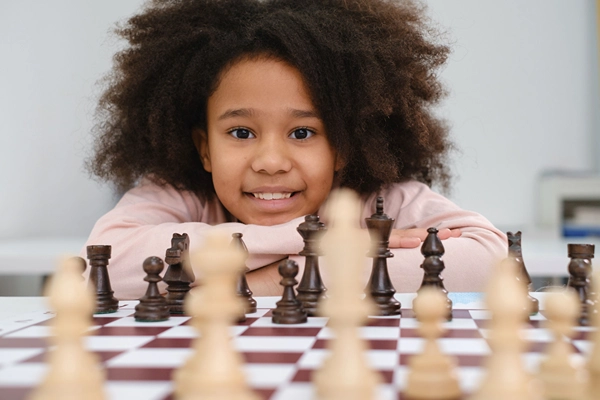
3. Collaborative Projects
Group activities, such as building a structure out of LEGO bricks, organizing a classroom play, or creating a family budget, are great ways to teach the value of teamwork and strategic planning. Through collaboration, children learn to delegate tasks, communicate effectively, and work towards a common goal.
Encourage them to brainstorm strategies together and reflect on what worked and what didn’t to improve future efforts. These projects cultivate independent thinking and group-oriented problem-solving.
4. Technology Tools
Leverage technology to make strategic learning even more accessible and engaging. Educational apps like Lumosity, Code.org, and Thinkrolls provide games and challenges designed to strengthen logic and strategic thinking.
Computational thinking for children is an important skill to reflect on gathered data and strategically use it in our technological era. Platforms like Minecraft encourage creatively, while entertaining and encouraging planning and resource management through building projects.
Balance Screen Time and Outdoor Exploration
Keep screen time balanced with playtime outside, but don’t shy away from using digital tools to mentor young minds into future strategists. Outdoor activities offer plenty of opportunities to teach kids about strategic thinking in a natural setting. Organize treasure hunts where they need to follow clues, prioritize tasks, and devise plans to find hidden items.
Time spent among other children engages kids and teaches strategic thinking through games like hide-and-seek or spur-of-the-moment games like kickball. Organized sports like soccer or basketball also encourage kids to assess their opponents and anticipate their actions and make quick strategies to win the game. These activities merge fun with valuable lessons, all while getting them to explore the world around them.
Teaching strategic thinking at a young age equips children with the critical tools they’ll need to tackle life’s challenges with confidence. Start small—whether it’s playing board games or encouraging problem-solving discussions—and watch their skills flourish over time. If you’re ready to take this further, explore age-appropriate resources or community programs that support these activities.



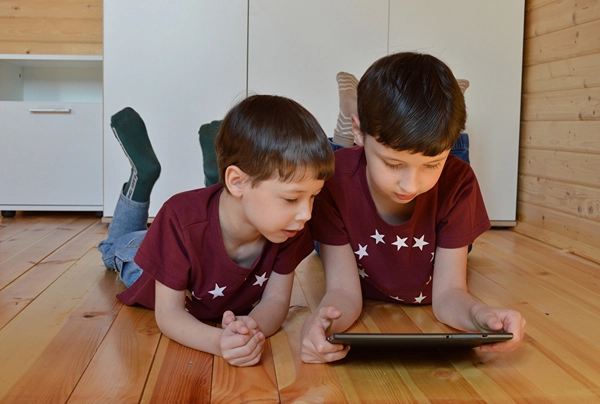

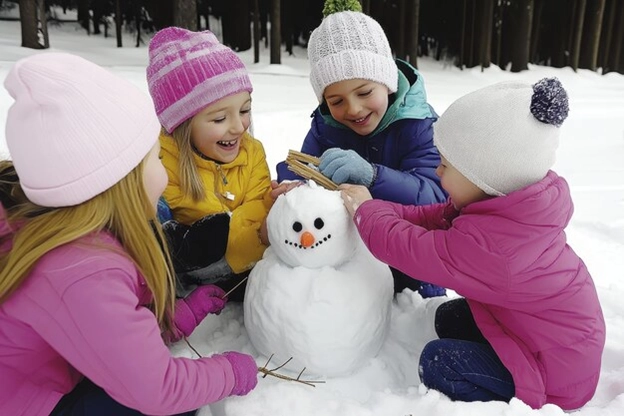

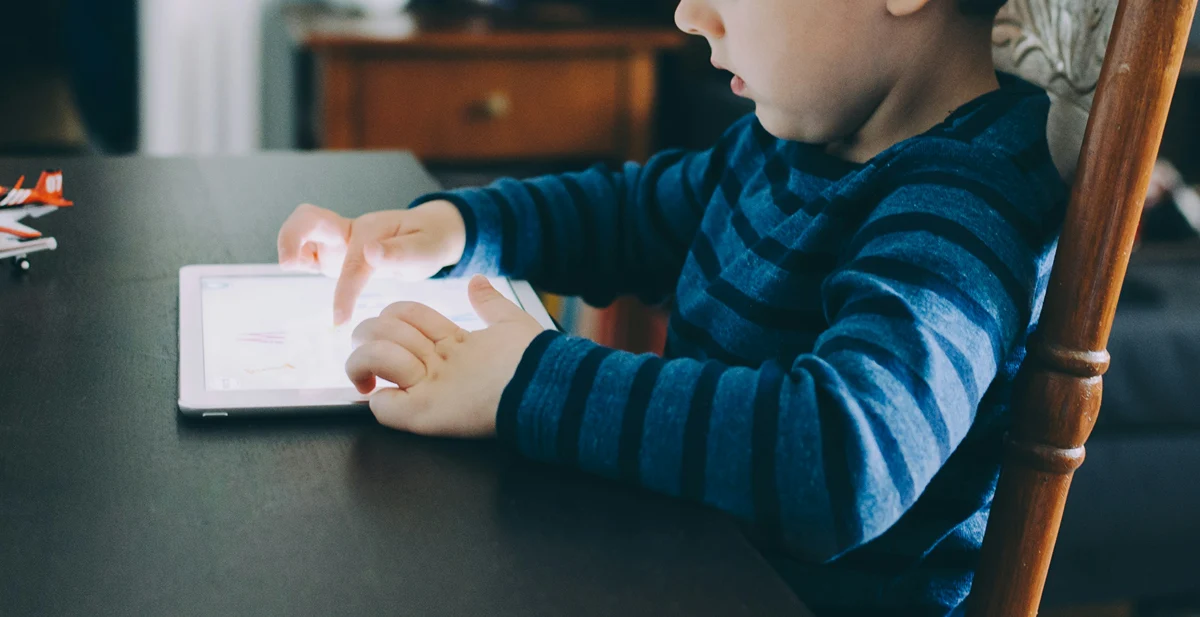 Virtual friendships introduce children to a world where emotional communication happens differently than in the so-called real world.
Virtual friendships introduce children to a world where emotional communication happens differently than in the so-called real world.